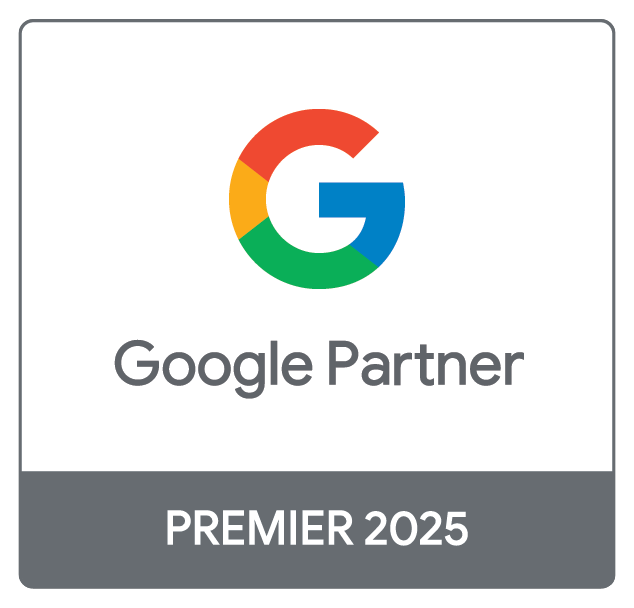If you keep your ear to the ground, you might have noticed that computer software giant, Adobe, has been talking about web accessibility on its blog a few times this year.
You might have also noticed the odd blog post pop up from time to time discussing elements of accessibility, such as adapting a website for users who are colourblind or with another very specific disability.
However, every single mention of web accessibility (and believe me, I’ve looked) fails to mention older people as a group who have additional needs when using websites. This is a huge oversight because there are now more people in the UK aged 60 and above than there are under 18 (source: Age UK).

Not only is the country getting older, the “Grey Pound” has enormous value, with older consumers accounting for £320bn of consumer spending in 2012 – and this is projected to grow. Almost 30% of older people who use the internet use it for transactions and, as younger people age and start to move into this bracket, it makes sense that this figure will increase.
As a result, it’s more important than ever to consider the older person’s needs and limitations when thinking about your website’s usability. Not only should this increase their user experience, but it could ultimately have a positive impact on conversions.
What is WCAG 2.0?
Web Content Accessibility Guidelines have been around for almost as long as the internet, with the first guidelines released in 1995. The current WCAG 2.0 guidelines were issued in 2008 and cover a range of recommendations for making web content more accessible for people with a range of disabilities, including blindness, learning disabilities and people with limited movement.
By law (The Equality Act 2010), websites must meet a minimum standard of accessibility and there have been cases where businesses have been sued for running an inaccessible website. There are three levels of compliance, A, AA and AAA. To meet AAA compliance, the authors of WCAG openly acknowledge that design would have to be compromised. For example, take a look at the GOV.UK website for an idea of how far you can take accessibility.
It’s highly likely that your website already meets the minimum standards for web accessibility. However, using the recommendations detailed in WCAG 2.0, Internet Marketers, like myself, have a great opportunity to tap into these guidelines to help website users with additional needs find the products and services they want, whilst also increasing conversions for our clients.

Why are older people’s needs different to people with disabilities?
We might not want to admit it, but the ageing process starts when we are much younger than we’d think! Our bodies start to change as we leave our late thirties and, as the change is so gradual, it can take years to really notice it.
So, what changes as we get older?
- Our eyesight will decline, making it harder to focus on a computer screen or mobile device. We will need more light to see, the text will need to be bigger and, due to the lens of our eyes yellowing, we will perceive colours differently.
- Our concentration will wane and we will find it harder to remember where we saw something.
- Our cognitive reasoning will change; we’ll rely more on our own experiences rather than seeking new information because it is harder to recall and process it.
- Our motor skills may decline due to illnesses, such as arthritis, making hand eye coordination harder.
Because the ageing process is so gradual, and many of us are reluctant to admit that we’re having trouble seeing like we used to, older people are far less likely to use assistive technology than somebody who is living with a long term disability.
The problem is that to make a website truly accessible for everyone, regardless of their needs, design can be heavily impacted.
The good thing is that the guidelines exist and a good web design team can strike a balance between accessible and beautiful.
How can we tell if our audience is older?
Three very easy ways!
- Ask your client for their customer demographics
- Google Analytics Audience > Demographics > Age
- Is your client using Facebook for social marketing? Check out their fan demographics – just take this with a pinch of salt if you have been targeting particular demographics for advertising purposes.
Studies show that the brain begins to shrink by 5% as each decade passes from the age of 40 and, this is about the age that we may start to notice trouble with out eyesight. But, as Google Analytics doesn’t provide age demographic data in that bracket, looking for visitors 45-55, 55-65 and 65+ is reasonable.
Where does Conversion Rate Optimisation (CRO) come into this?
Did you know that in the first paragraph of the introduction to the Web Content Accessibility Guidelines 2.0 (WCAG 2.0) it states that “Following these guidelines will also often make your Web content more usable to users in general.”?
WCAG 2.0 details four principles of making content perceivable, operable, understandable and robust. Under these four principles are 12 guidelines with 61 success criteria – there is certainly plenty to keep designers, developers and marketers busy!
As marketers, we try and see the world through the eyes of our audience, but our industry is typically young and we’re probably all still in the stage of life where we think we are invincible! We’ve not really experienced the difficulties of getting older and if we know people with disabilities, we probably haven’t even asked them what using the internet is like for them because many people just get on with it.
I decided to test my theory about whether basing website changes on guidelines suggestions could make much of a difference and, for one of my clients, we saw conversions (telephone calls and form submissions) increase by 25.12% from Q3 to Q4 in 2017 and 66.53% in Q4 year on year.
By looking at your website from a whole new perspective, the potential is there to see some great improvements in your conversion rate.
If I’ve sparked your interest in using WCAG 2.0 guidelines for conversion rate optimisation, keep an eye out for my next blog post where I talk about what changes you can implement to improve your website’s conversions.
